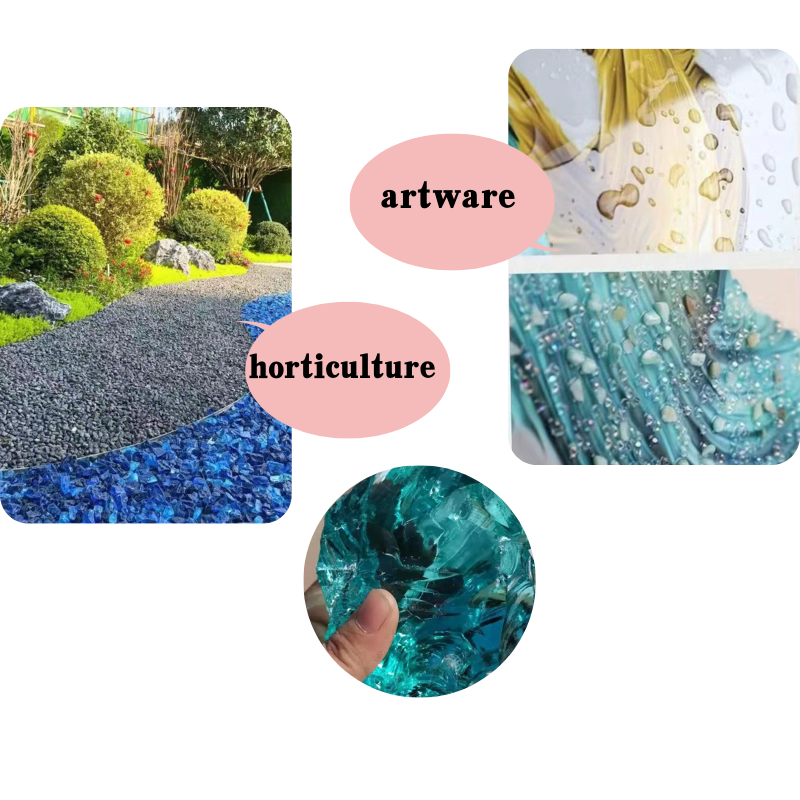
mica and talc
Mica and Talc Unveiling the Wonders of Two Unique Minerals
Mica and talc are two distinct yet fascinating minerals that play significant roles in various industries and everyday applications. Both minerals originate from metamorphic rocks and exhibit unique properties that make them integral to several products we use daily. Understanding their characteristics, uses, and benefits can provide insights into their importance in our modern world.
Mica A Glimmering Beauty
Mica is a group of silicate minerals characterized by their sheet-like structure, which allows them to be easily split into thin, transparent layers. The most common types of mica are muscovite and biotite, which are rich in potassium and iron, respectively. Mica is known for its exceptional dielectric properties, heat resistance, and ability to reflect light, giving it a sparkling appearance that is often employed in cosmetics and decorative items.
In the cosmetic industry, mica is a prized ingredient found in products such as eyeshadows, highlighters, and blushes. Its ability to reflect light and create a shimmering effect enhances the aesthetic appeal of makeup, making it a staple for beauty enthusiasts. Beyond cosmetics, mica is used in electronics, insulation, and the production of rubber and paints due to its excellent heat resistance and electrical insulating properties. This adaptability illustrates mica's versatility and how it can meet the varying demands of different industries.
Talc The Softest Mineral
On the other hand, talc stands out as the softest mineral on Earth, ranking a mere 1 on the Mohs hardness scale. Composed mainly of magnesium, silicon, and oxygen, talc has a greasy feel and is often associated with its use in talcum powder. Due to its softness and absorbent qualities, talc is extensively used in personal care products to absorb moisture and reduce friction, making it a popular choice for baby powder and body powders.
mica and talc

In addition to its cosmetic applications, talc is widely utilized in the paper, paint, and plastics industries. It acts as a filler and extender, enhancing the texture and appearance of various products. Talc's ability to improve the flow and dispersion of pigments makes it invaluable in manufacturing processes, ensuring a smoother finish and better performance.
Health and Safety Considerations
While both mica and talc offer numerous benefits, it is essential to address health concerns associated with their use. Mica is generally considered safe for cosmetic use, although there are ongoing discussions about child labor practices in some mica mining regions. Consumers increasingly prefer ethically sourced mica to support sustainability and human rights initiatives.
Talc, on the other hand, has faced scrutiny due to potential contamination with asbestos, a known carcinogen. Many cosmetic manufacturers have taken measures to ensure their talc is asbestos-free, and regulatory agencies closely monitor talc products. As a result, consumers are encouraged to choose products from reputable brands that prioritize safety and transparency.
Conclusion
Mica and talc are two remarkable minerals that enhance our daily lives in various ways. Their unique properties and diverse applications make them invaluable resources in cosmetics, industrial processes, and beyond. As industries evolve and consumers demand higher standards for safety and ethical sourcing, mica and talc will continue to play pivotal roles in shaping the future of many products. Understanding these minerals allows us to appreciate the complexity and beauty of the natural world while making informed choices in our consumption.
Share
-
Premium Pigment Supplier Custom Solutions & Bulk OrdersNewsMay.30,2025
-
Top China Slag Fly Ash Manufacturer OEM Factory SolutionsNewsMay.30,2025
-
Natural Lava Rock & Pumice for Landscaping Durable Volcanic SolutionsNewsMay.30,2025
-
Custom Micro Silica Fume Powder Manufacturers High-Purity SolutionsNewsMay.29,2025
-
Custom Mica Powder Pigment Manufacturers Vibrant Colors & Bulk OrdersNewsMay.29,2025
-
Custom Micro Silica Fume Powder Manufacturers Premium QualityNewsMay.29,2025






